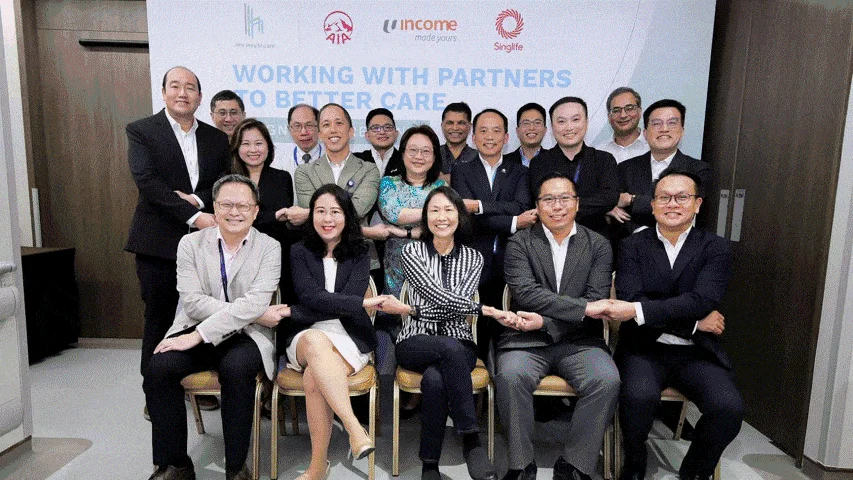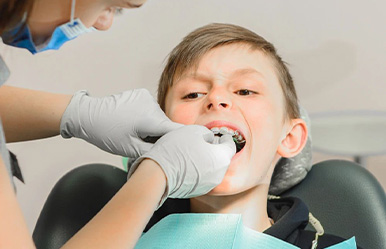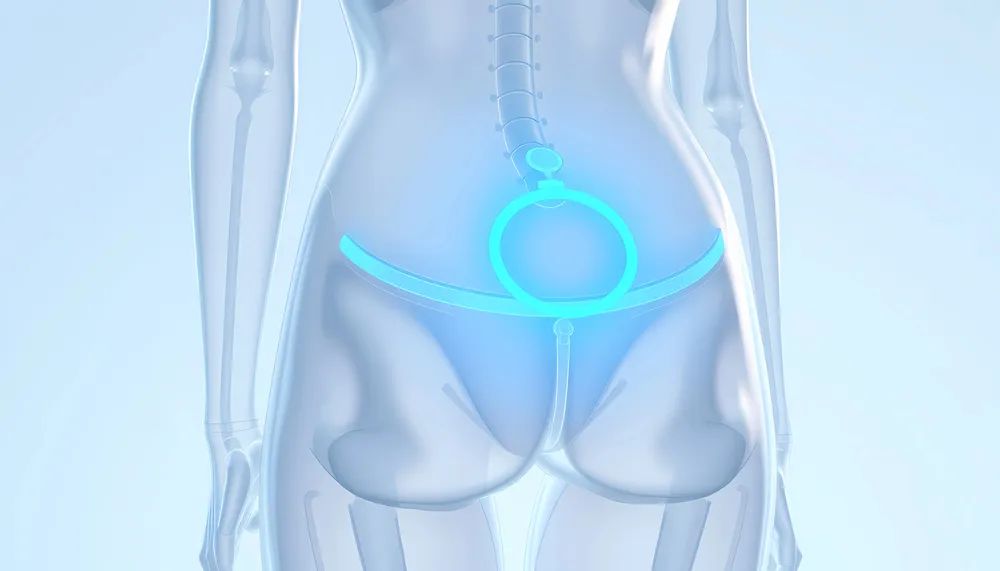Fingers Not Straight - Be Wary of "Dupuytren’s Contracture”
2023-11-20
PARKWAY 百汇医疗 Dupuytren's disease is a benign fibroproliferative disease of the palmar fascia. It initially manifests as palmar nodules and is generally not painful. As the disease progresses, the nodules gradually fuse to form longitudinal cords, causing finger joint flexion contractures and inability to straighten the fingers. The daily activities will be affected such as the grasping of large objects, shaking hands,washing face and wearing gloves. This development process varies from person to person and can range from months to years. The cause of the disease is still unknown. Dupuytren’s contracture often occurs in Northern European descent with hereditary, and is related to diabetes, fibrotic diseases, smoking and alcohol drinking. Most patients develop the disease after the age of 50 years and it occurs mainly in male population. The involvement of ring and little fingers is common and both hands may be affected at the same time. The diagnosis of Dupuytren’s contracture is based on clinical manifestations including palm nodules, the puckering of the skin, palpable cords running longitudinally to limit finger extension. Ultrasound examination demonstrate dense fibrotic tissue of the nodule and cord. In the early stage, the pain and rapid growth of palmar nodules can be relieved by intralesional injection of glucocorticoids. Recently, patients with mild finger contracture have been treated with the injection of clostridial collagenase to dissolve contracture cords in some western countries. Surgical treatment is recommended if the palmar nodules increase persistently and develop into longitudinal cords that affect finger extension. Either percutaneous needle aponeurotomy or open partial fasciectomy can be applied. The way of percutaneous needle aponeurotomy is to perforate the contracture code with the needle in multi-angles and multi-points. Thus, the affected finger joint is stretched and the improvement of finger extension can be achieved. It is actually a minimally invasive surgery applied for patients with mild to moderate symptoms. As the nodules and cords still exist, most finger contractures will still recur with time. Open partial fasciectomy means to remove all nodular cords and adhesive fibrosis that cause contractures in the hand. The method thereby releases the contracture finger joints much better and is the preferred for treating severe contractures and finger mobility disorders. Over the years, Parkway doctors in Shanghai have provided professional treatment for hundreds of patients with different degrees of "Dupuytren’s contracture". In particular, "continuous Z-shaped incision" was usually applied in the partial fasciectomy, which could remove the contracture palmar tissue completely while retaining the viability of the puckering skin as much as possible. Satisfactory outcomes were achieved including good release of finger flexion contracture, no case of skin necrosis, almost no complications and recurrence, minimal scar. Our expertise is widely recognized and recommended by expatriate patients. Article contributed by Dr. David Shen, Chief Physician of Plastic and Hand Surgery.






























